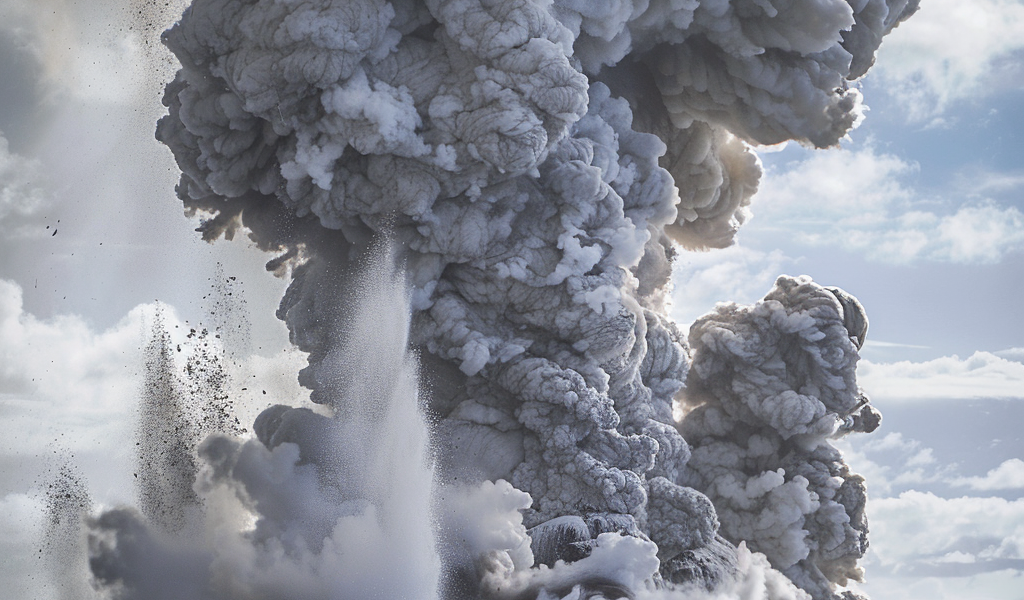In May 2018, a series of explosive eruptions at Kīlauea in Hawaii puzzled scientists as they were not driven by the typical magmatic fragmentation or steam expansion mechanisms. Instead, a collapse-induced stomp-rocket mechanism was proposed as the cause for these unique eruptions. Researchers used seismic inversions and simulations to study the eruption process.
The eruptions, occurring during the early stages of caldera collapse, sent atmospheric plumes up to 8 km above the vent. The study revealed that the eruptions were a result of the abrupt subsidence of the reservoir roof rock, leading to increased pressure in the magma reservoir. This pressure increase, combined with accumulated high-temperature magmatic gas and debris, propelled particles through a 600m conduit at rates of approximately 3,000 m3 s-1.
The findings highlight a collapse-driven type of eruption, offering a new perspective on explosive volcanic events. By integrating various geophysical and atmospheric data with simulations, scientists aim to enhance their understanding of such unsteady eruptions. This research provides valuable insights into the complex dynamics of volcanic activity and the mechanisms behind explosive eruptions.





